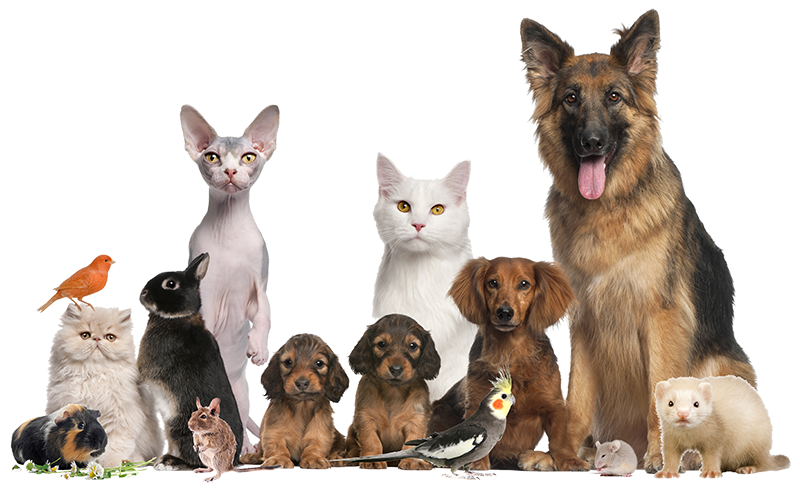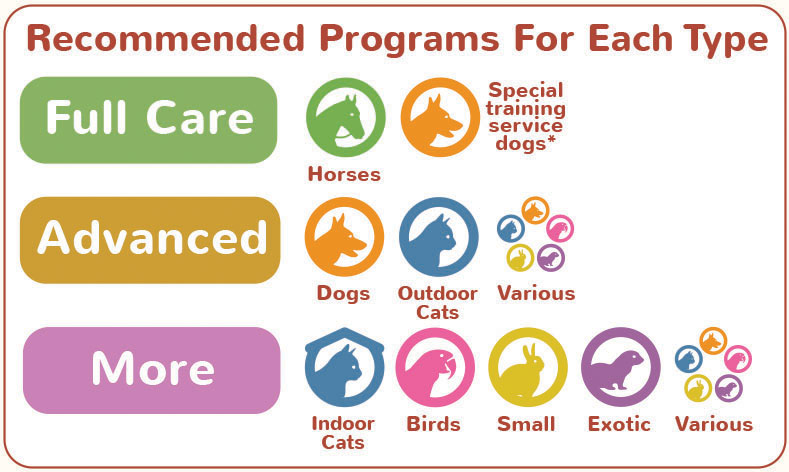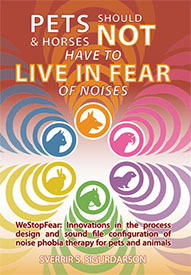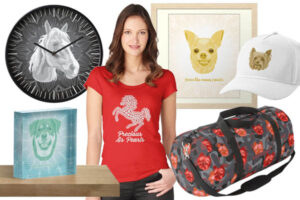The Old Conventional Solution
Too burdened and busy to do it?
A solution has existed since the 1950s to prevent or deal with noise phobia in pets and horses.
Our theory is that the conventional method design in noise phobia therapy has drawbacks that lead to pet owners are not doing noise phobia therapy as much as is needed, if you consider the needs of the pets or horses.
Since it is not done very much, as it is possibly too cumbersome and confusing, then it is not talked about much and many don't know about this problem and ways to deal with it.
The conventional method design may be too cumbersome and difficult to implement correctly, for modern, busy people.
The average modern person has loads of different things they have to and wish to take care of every day. It is work, commuting, shopping, preparing food, taking care of their children and family, keeping their body in shape, resting, perhaps have some hobbies and entertainment, and the normal things related with their pets. To add to this trying to prevent or heal a possible noise fear problem, doing noise phobia therapy in the conventional way with its drawbacks is simply too much. Many people, burdened by all other things, simply will or can not do it.
What we believe is needed is a simpler and easier system, where the system's design takes care of the confusing details, guides the user to the right steps and the user doesn't need to think or concentrate on doing things correctly, manually with very little framework guiding them.
This is what WeStopFear is supposed to accomplish.
Let us look at the characteristics of the conventional noise phobia therapy design and the drawbacks we see.
A solution exists: Noise phobia therapy
Also called desensitization or habituation
The fear comes from animals hearing sounds, where they don't know if there is a threat looming.
The solution is often quite simple: To let them hear various sounds and become used to them. The playback starts very low and gradually increases in volume. The subject experiences that nothing traumatic ever happens. The noises don't matter.
Desensitization and habituation
This method works for two types of situations. If the animal is already fearful or phobic, training it to be free from the fear is called desensitization. If the animal has not developed such a problem, then the method to train it beforehand and prevent these problems is called habituation.
Problems and risks
The conventional solution has mostly been in the form of one set of noises, often on a single audio CD disc or in a single set of MP3 files, with instructions that often come with the CD. The sounds have been played, starting low and then increasing in volume towards the end of the therapy process. The handler has to set the volume on the playback device very accurately, from low and finally to full volume. This can be cumbersome and confusing in repeated sessions, even in many places, over a long period of weeks.

Playing too loudly
There is also the danger of accidentally playing the sounds too loudly in the beginning. This can lead to overexposure of loud sounds, leading to a shock and a setback for the animal, creating fear or phobia in itself that can be difficult and time-consuming to heal again.
Unnaturalness
The sounds are also played one right after the other in a constant succession. These sounds don't appear like that in real life, so this is unnatural.
Another method with music: Careful attention needed
In the 1980s (it seems, or in the 2000s) another method was invented, playing soothing classical music and gradually blending it with troubling noises. There have not been many solutions of this kind offered; I have seen them from three companies.
In this method, the classical music is loud in the first steps and the noises low, and then it shifts so that the noises are loud at the end, and the music is low or has faded out completely. These solutions have been offered on CDs, and in MP3 file sets that are downloaded or on Micro SD. It seems that some of these that were previously available are no longer available on the market.
Here the handler must take care to always play the right track, and stop the playback at the right time (on CDs). Again, forgetting this can lead to overexposure, meaning that the animal gets the sounds too loudly too early, that can lead to a shock in the early stages, which consequently can lead to fear and phobia in itself.

Probably much less practiced than it should be
The consequence of these drawbacks is that noise phobia therapy has not been as widely practiced as it should be, neither for preventive nor healing purposes.
Choose your pet type or horse solution introduction:
Dogs, outdoor cats, indoor cats, horses, pet birds, small mammals, exotic pets, various types of pets.
(Small mammals include rabbits, guinea pigs and hamsters. Exotic pets include chinchilla, degu, fancy mice, fancy rats, fennec fox, ferret, gerbils, hedgehog, sugarglider and pot-bellied pig. Various types of pets are any pet types combination excluding horses.)

Front Pages Links
Types Solutions
Programs
Overview
Walk through screencast video
Sounds and videos
Try the 5 steps therapy sounds players
Sounds in programs (most types)
Sounds in Solutions for Horses
Sounds in Solutions for Outdoor Cats
Explore the 5 step video therapy
Further Information
Various information from around the web
Comparing solutions in the market
A new standard practice for pets and horses?
Mobilize the world: 500 million households
Short comparison of WeStopFear and conventional process
What is noise phobia or fear of noises?
Book Chapters
 Chapters from the book "Pets and Horses Should Not Have To Live In Fear Of Noises", available on Amazon.com as Print version or Kindle version.
Chapters from the book "Pets and Horses Should Not Have To Live In Fear Of Noises", available on Amazon.com as Print version or Kindle version.
About animal types, fear of sounds, and noise phobia (page 23)
Ten items to be better (page 106)
About Simple Secure Steps and the four innovations (page 111)
Comparison of the conventional method and WeStopFear’s Simple Secure Steps (page 127)
Is this new method the best method available? (page 137)
About the Years of development (page 155)
Merch
Stock images from 123rf.com, model release contract, (referral link). - Infographics designed by WeStopFear © Copyright.

